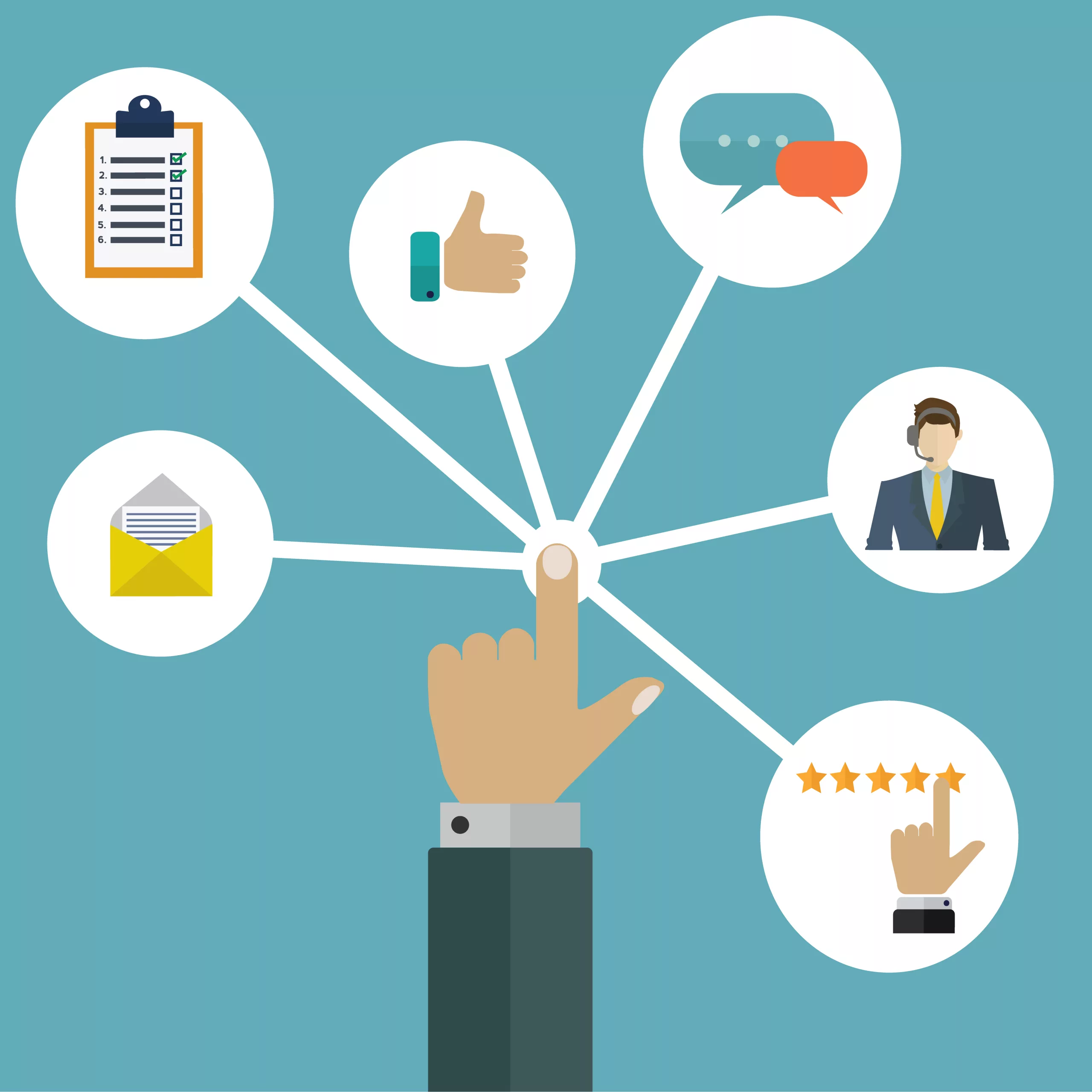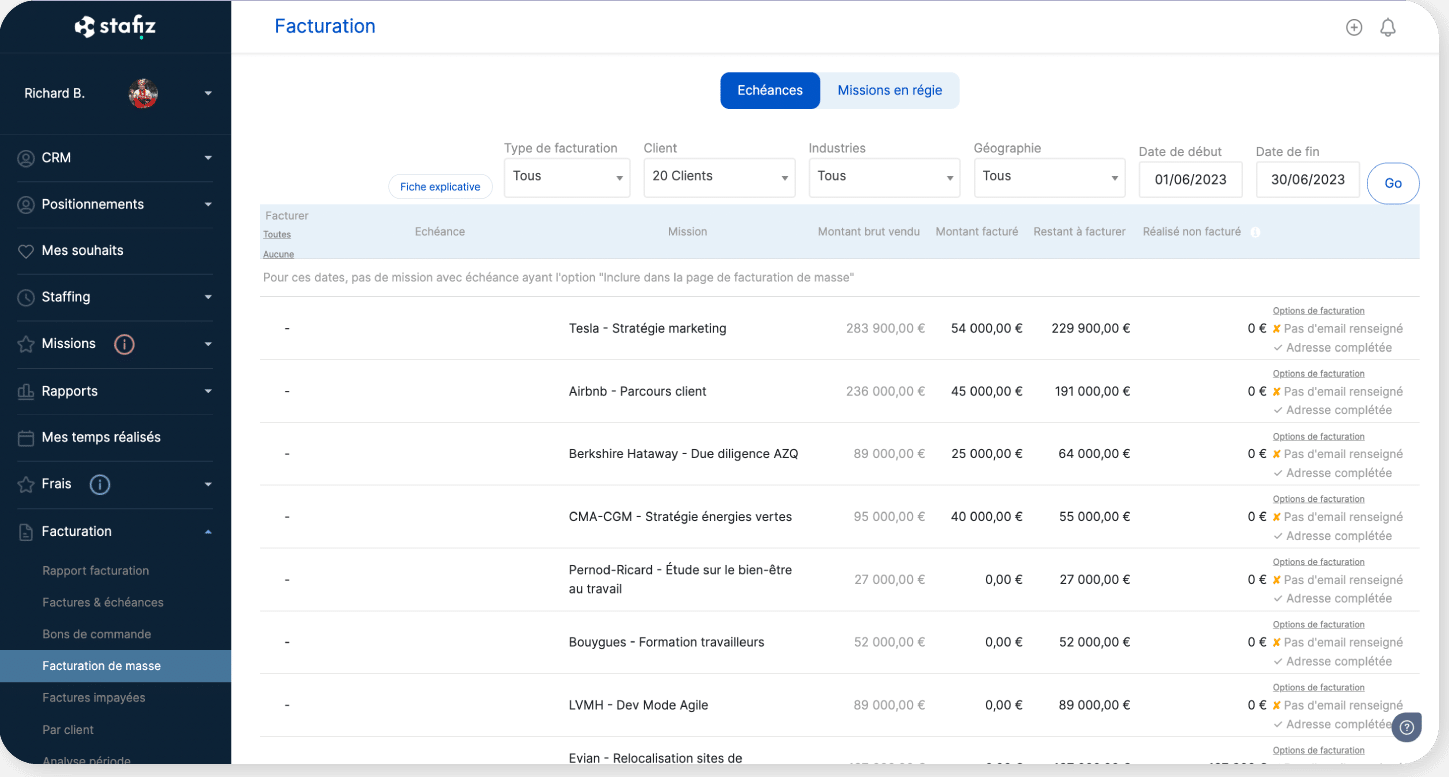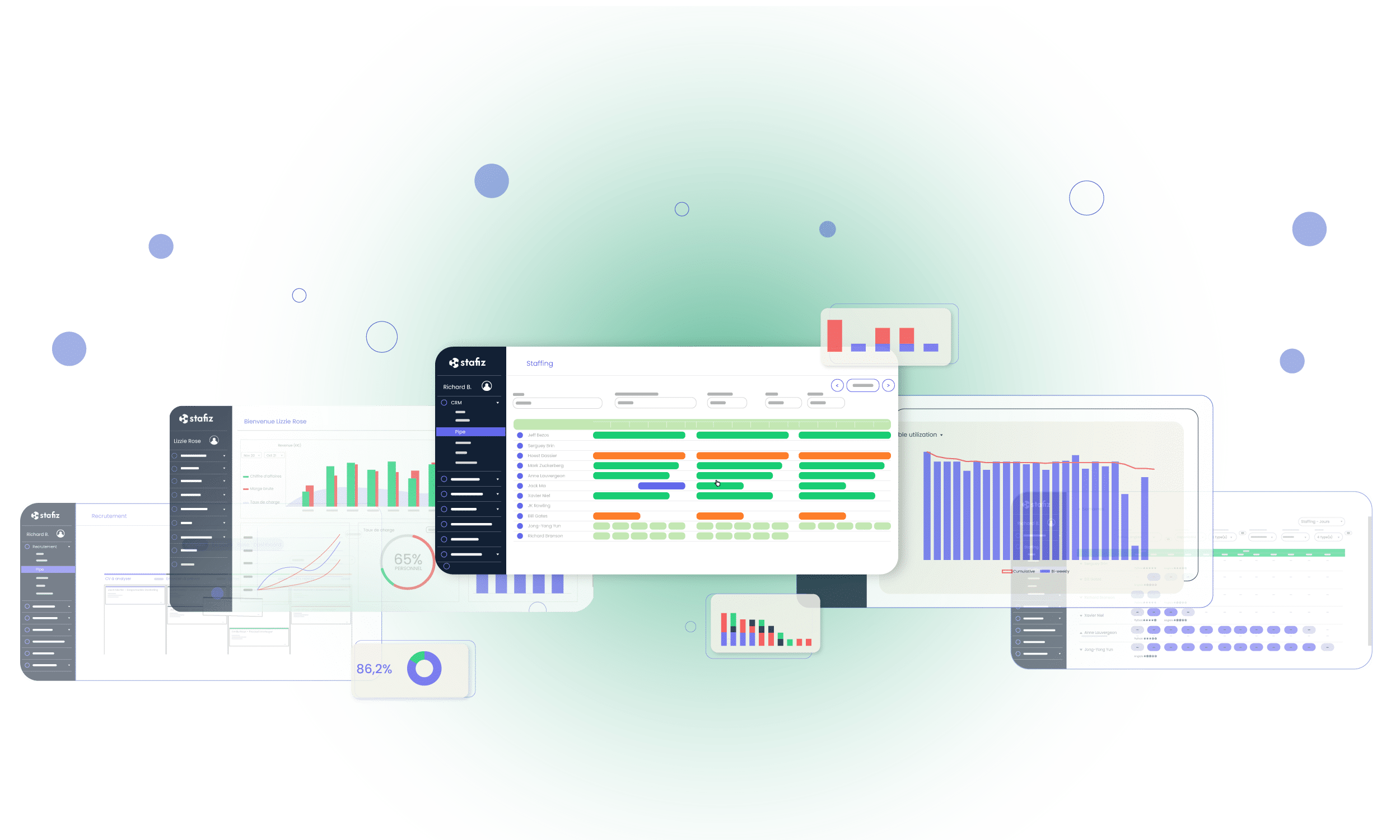7. How to simplify communication with customers?

Invoicing is an important part of customer communication. Exchanges must be clear, reliable and professional, otherwise your company's image can be damaged with the customer. Several good practices can be put in place to ensure that communication on billing topics is as perfect as possible.
1. How do you estimate costs, prices, and billing type for a billable project?
2. How to manage the risks of project overruns?
3. How can I get paid faster by customers?
4. How to manage complex billing arrangements
5. How do I take into account the invoicing of taxes? What about multi-currency billing?
6. How to manage invoicing between different entities of the same company (intercompany flows)
7. How can we simplify communication with customers?
8. How can I modify certain parameters that will impact invoicing during projects?
9. How to set up a project quoting and invoicing tool?
a. Send Activity Reports
When a company invoices a project by the time spent (this is called time-and-cost invoicing), the client is often asked to receive the Activity Reports (or CRA) to confirm the time that will be invoiced to them.
This should ideally be sent on the last day of the month. If a validation process is involved in order to be able to invoice the customer, this process must be clarified, including the time the customer has to validate before sending the invoice.
Ideally, your time tracking tool allows you to automatically send these activity reports to the customer. The customer can check and validate them by workflow in the tool. This promotes faster and more efficient communication that allows invoices to be issued more quickly.
b. Integrate more information into invoice schedules
If the invoices must have a certain number of mandatory information on the main page, it is possible to add appendices to the invoices, which include additional information. Invoice schedules can provide additional information in a format that is more free and are a good communication practice to provide details to the customer. For example, it is possible to add invoices as an appendix:
- Details of the time spent, with possible comments detailing the work done during each session
- Details of rebillable expenses
- Details of the products sold
- …
Thanks to these annexes, the amounts summarized on the first page are clearer. When communication is clearer and more transparent, customer satisfaction increases and the time spent by finance teams clarifying invoices decreases. Everyone wins.
c. Send invoices by standardized email in addition to electronic invoicing
While e-invoicing is set to further simplify communication between companies, sending the invoice document will remain a common practice.
Sending by email allows you to add additional information. A personalized message, supporting documents or the addition of the quote or order form.
While sending invoices by email from the invoicing platform is only possible on invoicing software that offers this feature, it is still possible to standardize the email templates at a minimum.
This standardization of processes makes it possible to drastically reduce (in the order of 20% to 25%) the time spent by the teams on this phase of invoicing.

Stafiz makes it possible to automate the validation of Activity Reports by the customer with a workflow. Supporting documents are automatically added to invoices based on the invoice templates chosen for that customer and project. Finally, Stafiz allows you to send all invoices in bulk from the platform by connecting to your mailboxes.
The 9 problems of project invoicing and how does Stafiz help you solve them?
1. How do I estimate the costs, prices, and billing type for a billable project?
2. How to manage the risks of project overruns ?
3. How to get paid faster by customers?
4. How to manage complex billing arrangements
5. How do I account for tax invoicing and multi-currency invoicing?
6. How to manage invoicing between different entities of the same company (intercompany flows)
7. How to simplify communication with customers?
8. How can I modify certain parameters that will impact invoicing during projects?
9. How do I set up a project quoting and invoicing tool?
